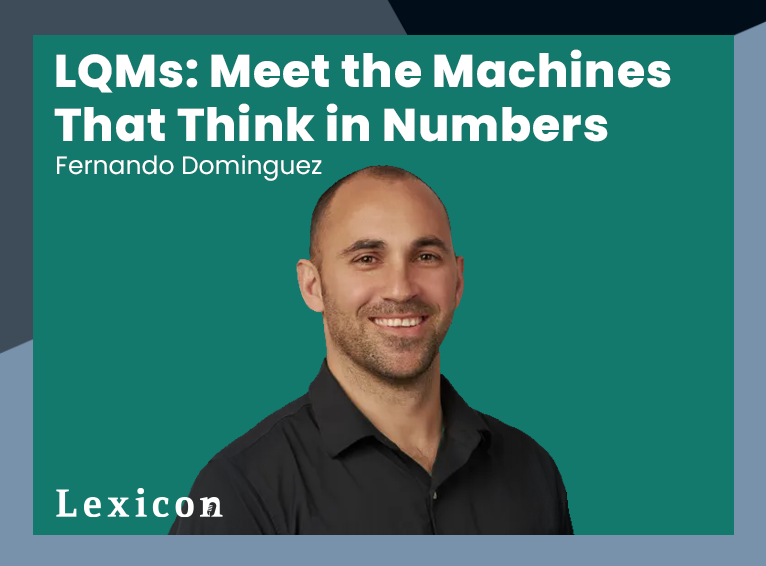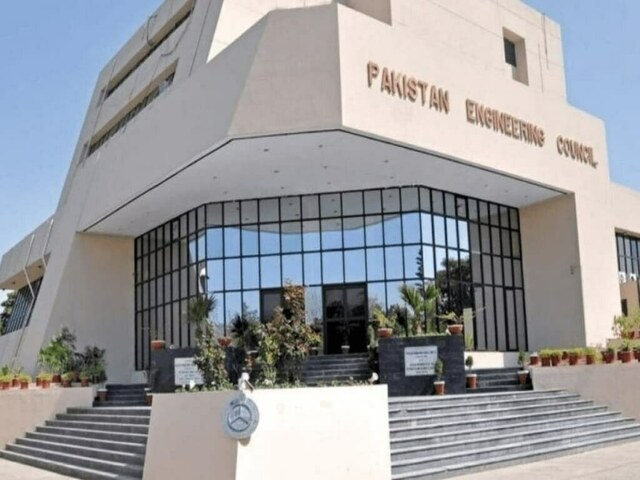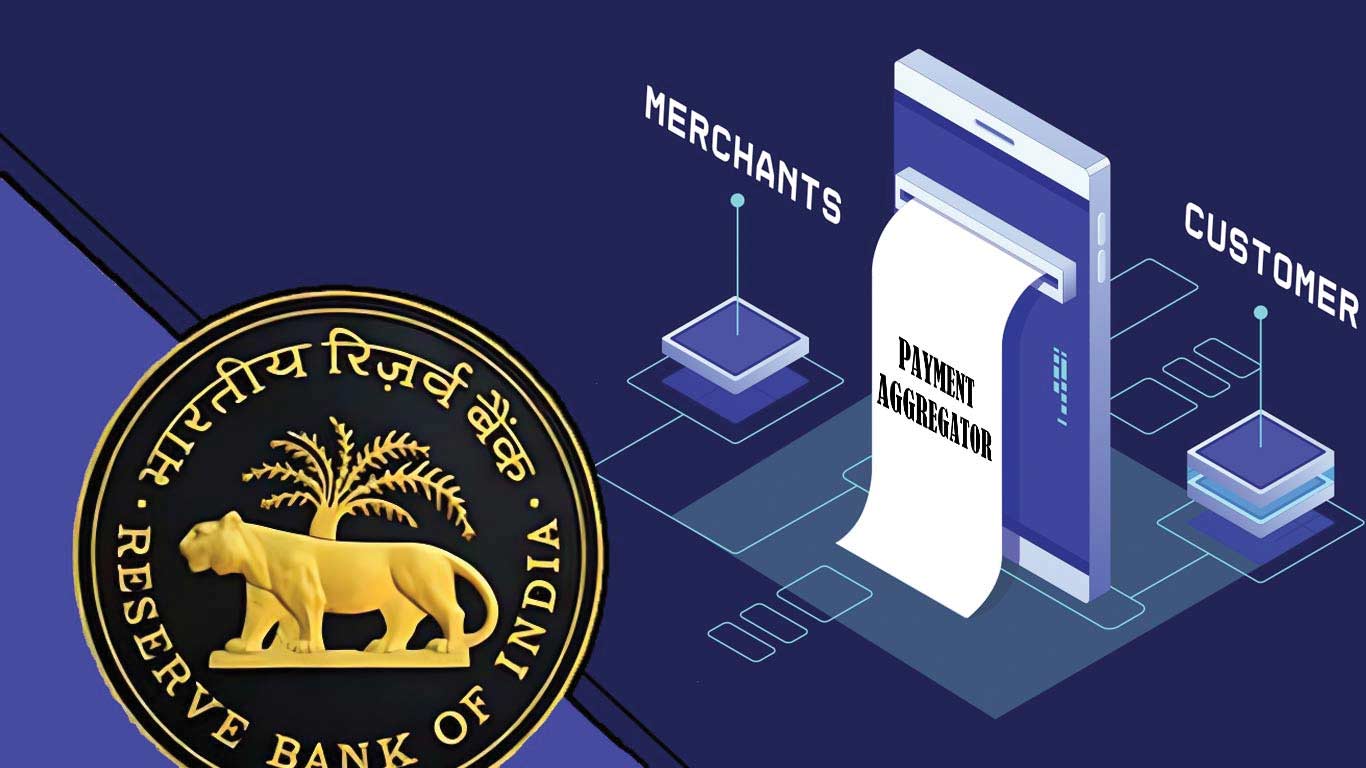
In our latest episode of Lexicon, we sat down with Fernando Dominguez, Head of Strategic Partnerships at SandboxAQ, a company spun out of Alphabet that’s pioneering this AQ (AI + Quantum) space.
Together, we explored how LQMs are reshaping the intersection of AI and quantum technologies, from simulating molecule behavior to navigation without GPS.
Also, subscribe to IE+ for premium insights and exclusive content!
What are LQMs?
LQMs are purpose-built AI systems trained not on internet text but on numerical, scientific, and physical laws. As Fernando explained, you should think less of ChatGPT and more of an AI chemist, financial analyst, or quantum navigator.
While LLMs are built on language data, LQMs use physics, biology, and chemistry to generate novel data and simulate complex systems.
“Everyone’s been talking about large language models… but when it comes to what actually drives the economy—manufacturing, drug development, finance—it’s quantitative models that matter,” Fernando told us.
“LLMs are trained on the internet… but the LQMs help you generate new data that’s not available online. For example, how molecules interact with each other—that’s trillions of combinations you won’t find in a dataset,” Fernando added.
“With LQMs, we can now simulate how those molecules behave in the real world without going through the physical lab,” he said. This approach is already paying off in some high-impact areas.
Discovering 5 million molecules in a month
One of SandboxAQ’s most striking use cases is in partnership with UCSF’s Institute for Neurodegenerative Diseases.
“They used to simulate about 250,000 compounds per year. We helped them simulate over 5 million in just a month,” Fernando said. “We achieved 50 to 100 times increases in hit rates, and expanded the work to Parkinson’s, cancer, and more,” he added.
This, he explained, is a paradigm shift for the pharma industry, where traditional drug development can cost billions and take over a decade. According to Fernando, “the success rate for developing a new drug is less than 10%. LQMs help researchers skip the dead ends and focus only on the most promising compounds.”
But the potential for LQMs is not just limited to biotech.
Defending the future
As quantum computers move closer to practical use, today’s encryption becomes increasingly vulnerable. SandboxAQ is preparing critical systems for this post-quantum world.
“Nation-states are stealing your encrypted data today. They can’t read it now, but once they have a quantum computer—in three years, seven years, we don’t know—they will be able to,” Fernando warned.
Their solution, ActiveGuard, scans an organization’s infrastructure 24/7 to map cryptographic systems and enable quantum-safe upgrades.
“Most organizations have no idea what encryption they’re using. You need a real-time tool that can spot expired credentials, legacy systems, and help you remediate before it breaks,” he added.
This work is being used by agencies like the U.S. Air Force, Visa, and major banks.
Quantum navigation in GPS-denied zones
Another area where AI and quantum converge is navigation without GPS. In conflict zones or GPS-jammed environments, traditional navigation systems can fail.
“You can literally buy a jammer on Amazon. Last year, 41,000 airplanes were spoofed or jammed in just two months,” Fernando said. Inspired by nature, SandboxAQ’s solution uses Earth’s magnetic field like birds and whales do.
“Every point on Earth has a unique magnetic fingerprint. With quantum sensors and AI models, we can map it accurately,” he added. These models are so sensitive that they must discard 99.9% of noise data, a job only possible with high-performance AI.
“That’s how quantum merges with AI. Without denoising AI models, these sensors would be too noisy to use,” he said.
From MRI to heart monitoring
The same quantum sensing tech is now entering hospitals. In partnership with Mount Sinai, Cleveland Clinic, and Mayo Clinic, SandboxAQ has developed a magnetocardiogram device to monitor heart activity.
“It measures the magnetic field of the heart, not just the electric signal like an EKG. And it’s non-invasive, portable, and more precise,” he said. “Our team discovered that elevator motors were interfering with the signal—we used our models to cancel the noise,” he added.
To this end, Fernando added, cardiologists are excited. This new source of data allows earlier and more accurate diagnoses.
Enter the Agentic AI chemist
Another eye-opening breakthrough is what Fernando calls the Agentic AI Chemist. “Think of AI agents like ultra-efficient employees, each with a job: one to scan papers, one to model molecules, one to calculate bindings. Together, they do in days what used to take years,” he said.
“We’re seeing a new generation of talent—computational physicists, chemists, biologists—people who blend disciplines to build AI-native companies,” he added.
To run all of this, you need massive compute power. SandboxAQ partners with Google, Microsoft, AWS, and NVIDIA to scale operations. NVIDIA and Google are now also investors.
“You can be great at software, but if you don’t understand the hardware—CPUs, GPUs, QPUs—you won’t be able to scale. That hybrid high-performance computing stack is the future,” he said.
Looking ahead
So what’s next? “First, it’s about talent. The organizations that master AQ—AI and quantum together—will lead,” he added.
“Second, it’s the convergence of CPUs, GPUs, and QPUs. We’ll send a problem to a platform, and it will split it between the right hardware for each task. That’s the next big leap,” he said.



